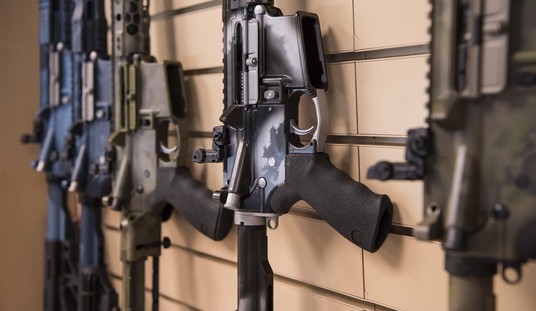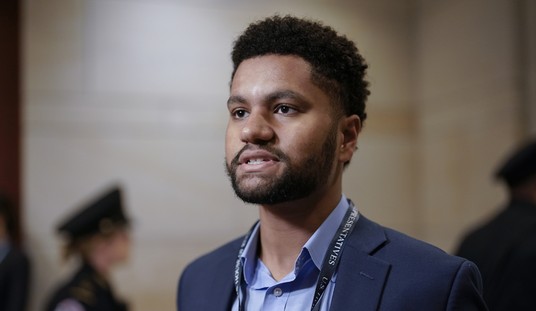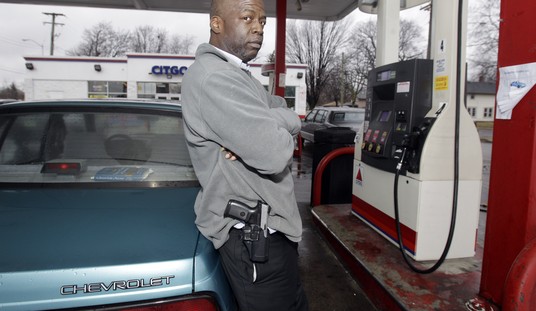Just before 8:00 a.m. on December 7, 1941, Chief Petty Officer John Finn awoke to the sound of airplanes flying overhead and gunfire. He quickly threw on some clothes, jumped in his car and headed for the base, keeping his speedometer below the base’s 20-mph speed limit.
“I got around, and I heard a plane come roaring in from astern of me. As I glanced up, the guy made a wing-over and I saw that big old red meatball, the rising sun insignia, on the underside of the wing,” Finn recalled in a 2003 interview. “Well, I threw it into second, and it was a wonder I didn’t run over every sailor in the air station.”
Although Japan had not yet declared war on the United States, Japanese aircraft carriers had launched the first wave of 183 aircraft in a “sneak attack” on the anchored U.S. fleet. Another wave of 170 planes would strike just after 8:30 a.m., in all killing 2345 military personnel, 57 civilians, damaging or destroying hundreds of aircraft, sinking four battleships, two destroyers, and damaging numerous other ships.
The 32 year-old Finn arrived at Kaneohe Bay Naval Air Station where the PBY Catalina seaplanes were based. All but six of the base’s 33 Catalinas were destroyed by the Japanese, and the only seaplanes that could still function were those that had been out on an anti-submarine patrol. Some of his men were inside aircraft that were on fire, shooting the planes’ machine guns at Japanese aircraft overhead. As men scrambled to improvise firing platforms for the machine guns, Finn commandeered a .50 caliber and mounted it on an instruction stand normally used for teaching gunnery.
Finn moved his weapon out to the middle of a parking ramp in order to have an unobstructed view of his targets and commenced firing. Enemy planes were strafing his exposed position, and through the course of the attack Finn was seriously wounded. He recalls: “I got shot in the left arm and shot in the left foot, broke the bone. I had shrapnel blows in my chest and belly and right elbow and right thumb. Some were just scratches. My scalp got cut, and everybody thought I was dying: ‘Oh, Christ, the old chief had the top of his head knocked off!’ I had 28, 29 holes in me that were bleeding. I was walking around on one heel. I was barefooted on that coral dust. My left arm didn’t work. It was just a big ball hanging down.”
Despite his wounds, Finn kept firing for an incredible 2 ½ hours – only stopping when there wasn’t any more planes to shoot. He was ordered to seek medical attention, but returned to rearm planes after medics patched him up. “Medical help comes later,” Finn said in 2009. “If you’re busy shooting a machine gun or a rifle or a pistol or doing anything, you can’t worry about getting medical attention.”
While Finn says that he did hit several planes, the aircraft would disappear into the treeline after passing overhead, so it would have been impossible to tell just how many he shot down. “I can’t honestly say I hit any,” he said during a 2001 interview. “But I shot at every damn plane I could see.”
Following the battle, Finn spent two weeks in a hospital recovering from his wounds.
Nine months later, Finn would become one of the first recipients of the Medal of Honor – the nation’s highest decoration for valor – in World War II. Of the 15 medals awarded for actions during the attack on Pearl Harbor, Finn’s was the only medal awarded for combat – all others were for rescues. Ultimately, 464 Medals of Honor were awarded during World War II – 266 posthumously.
Admiral Chester Nimitz awarded Finn the medal in ceremonies aboard the USS Independence on September 14, 1942. Although he dropped out of school after the seventh grade, the Navy promoted Finn to Ensign in 1942, and he reached the rank of Lieutenant before retiring in 1956.
John William Finn passed away at a veterans home in Chula Vista, Calif. on May 27. He was 100 years old, and the nation’s oldest living Medal of Honor recipient.
With the passing of Finn, only 90 living recipients of the Medal of Honor remain. As all Medals of Honor have been awarded posthumously since the 1993 Battle of Mogadishu, this company of heroes is rapidly shrinking. When only 25 survivors remain, the Congressional Medal of Honor Society will disband. Americans however will have the opportunity to pay tribute to these heroes – including recently deceased recipients like Finn – when the Society holds its annual Medal of Honor Convention in Charleston, S.C. this fall.








Join the conversation as a VIP Member